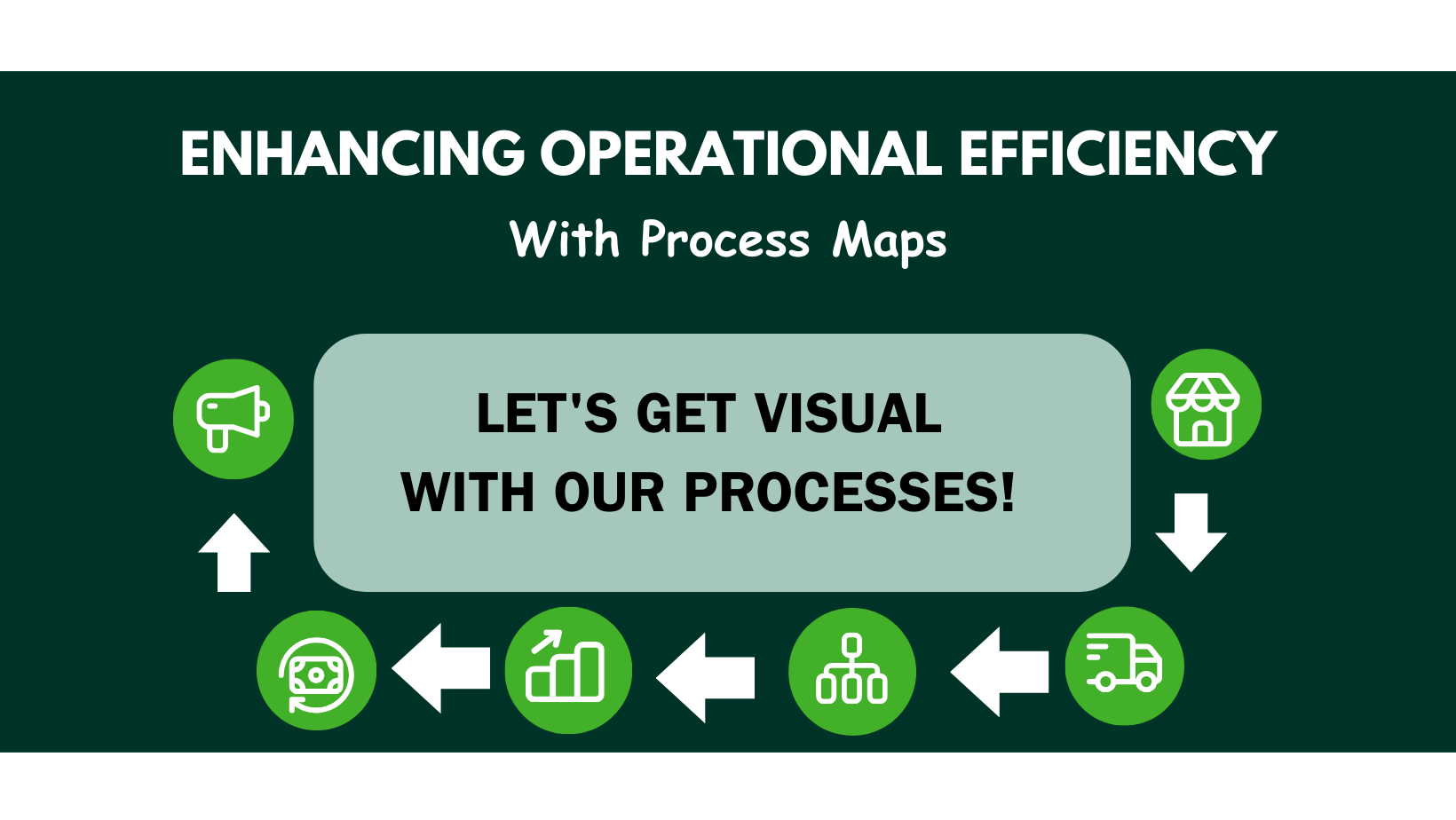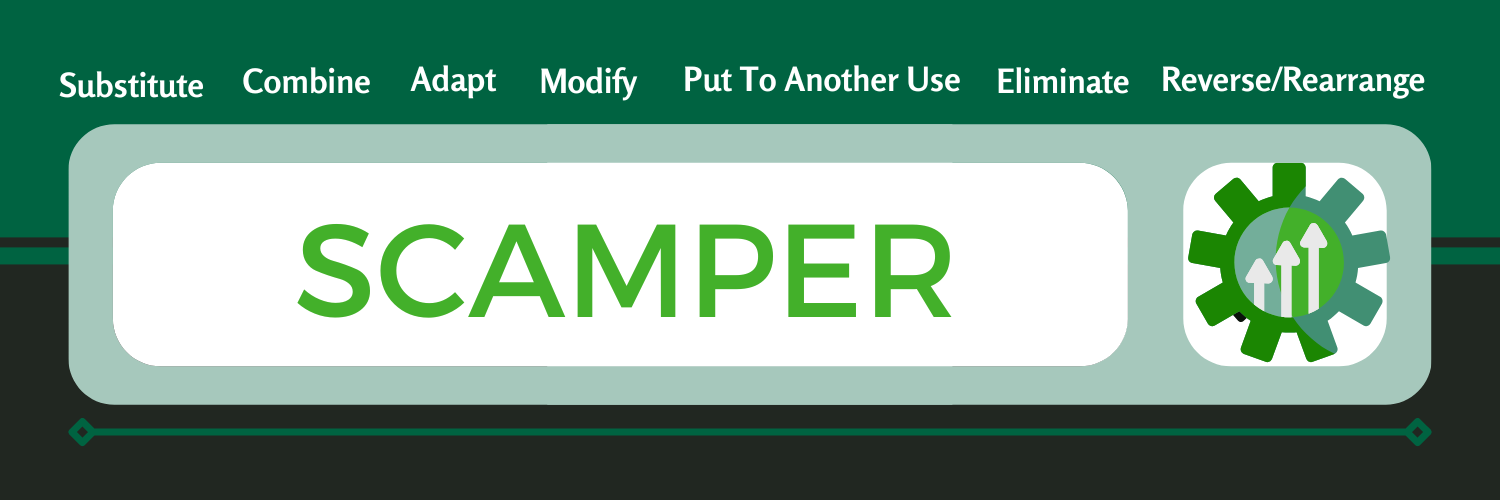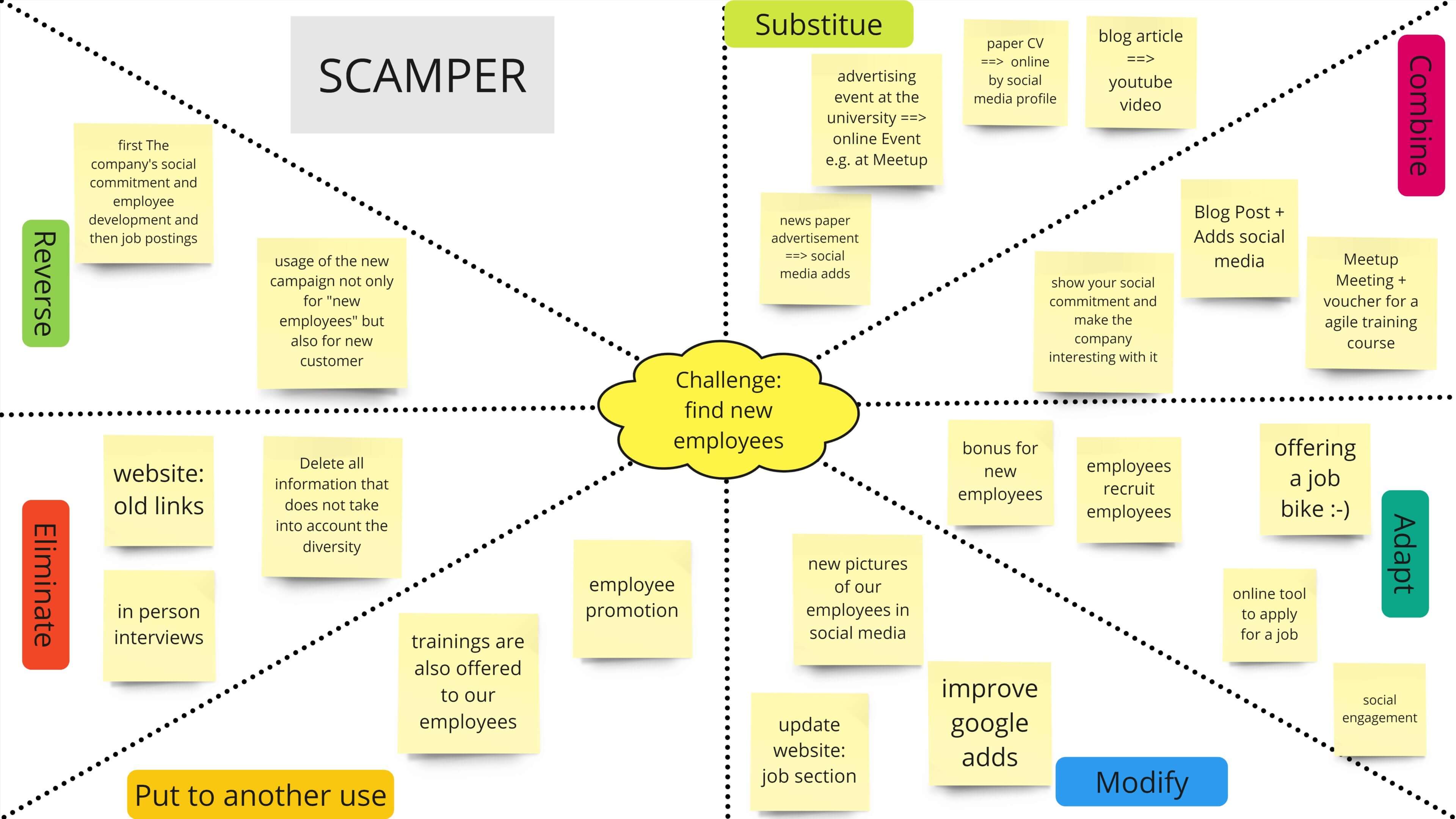
Okay, first things first: what exactly is process mapping? Well, think of it as creating a treasure map for your everyday tasks and workflows. Instead of “X” marking the spot for buried treasure, though, it’s all about finding efficiencies and making your work life a whole lot smoother. We’re talking about breaking down complex processes into simple, easy-to-follow steps. It’s like drawing a map to navigate through the jungle of paperwork and procedures in higher education.
Why Should You Care?
Now, you might be wondering, “Why should I bother with process mapping?” Fair question! Picture this: you’re trying to help a student enroll in classes, but you keep hitting roadblocks along the way. Maybe there’s a form that needs to be signed by three different people, or perhaps there’s confusion about which department handles what. Sound familiar? That’s where process mapping comes in! By mapping out these processes, you can spot inefficiencies, untangle knots, and make life easier.
Let’s Keep It Student-Centric, Shall We?
At the heart of our college are the students, right? So, let’s make sure our processes are as student friendly as can be! Imagine you’re a student trying to navigate the maze of admissions, financial aid, and course registration. Wouldn’t it be nice if everything flowed seamlessly, like a well-choreographed dance? That’s the magic of student-centric process mapping! By putting ourselves in the students’ shoes, we can design processes that are clear, intuitive, and, dare we say, enjoyable?
A Compass for Efficiency
In the labyrinth of administrative tasks and academic processes that make up everyday life at Algonquin, clarity is key. Process mapping offers a friendly hand in deciphering these pathways, providing a clear map of each step involved in various tasks, from enrollment to graduation, or from hiring to retirement. By shedding light on every twist and turn, we can identify potential bottlenecks and detours that may impede the smooth flow of operations. With this understanding, your team can navigate towards smoother, more efficient processes that benefit both staff and students alike.
Embrace Change with Open Arms
Ah, change—the one constant in life. But fear not, for process mapping is here to help us navigate those choppy waters with grace and optimism. By regularly revisiting our process maps, we can adapt to new technologies, trends, and challenges with a smile on our faces. Who knows? We might even discover hidden gems of innovation along the way!
Wrapping Up
And there you have it, folks: a friendly introduction to the world of process maps. So, the next time you find yourself drowning in paperwork or feeling lost in a sea of procedures, just remember: process mapping is your trusty compass, guiding you towards smoother seas and sunnier skies. Happy mapping, my friends!
Want To Learn More About Process Maps or Maybe Even Create Your Very First Process Map?
Coming in the next few weeks, the AC Way team will be hosting a practical workshop on how to create process maps! But before the workshop, check out our knowledge center module on Process Mapping to get you started on your journey.
Stay tuned to the AC Way Blog for sneak peaks and launch announcements!



